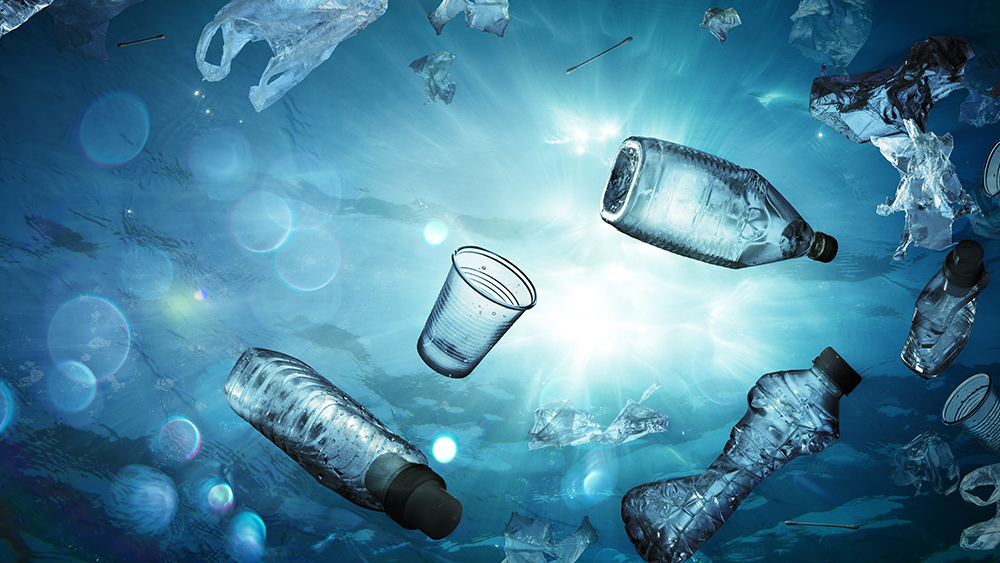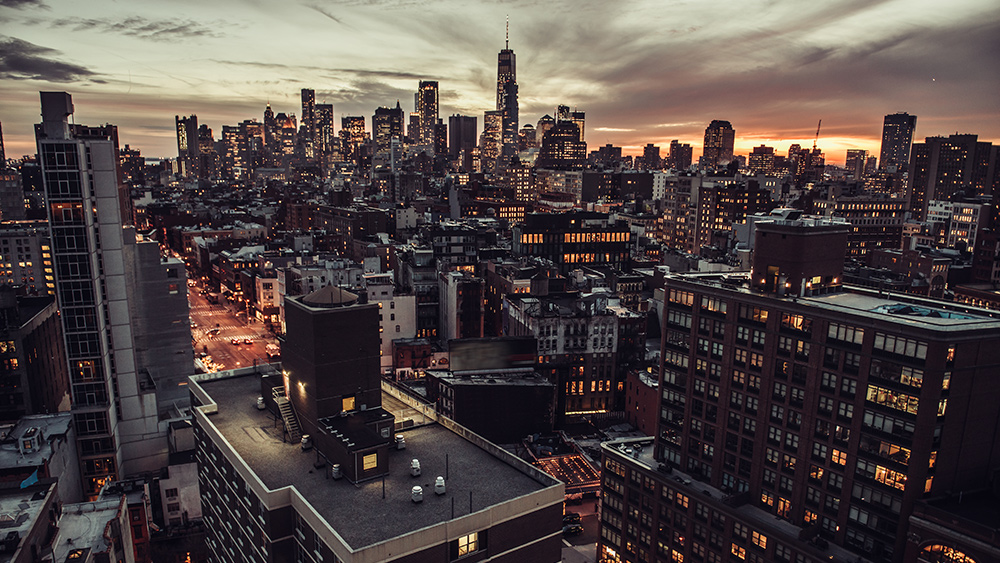FrankenSkies documentary exposes the chemtrail agenda and its effects on life on Earth
05/14/2024 / By Cassie B.

Climate change is controversial on its own, but when discussions of geoengineering enter the equation, it can be even more contentious. Some climate change alarmists insist that taking extreme measures like spraying chemicals in the air to cool the earth’s climate is the only way to save us, while many others – including some of those who buy into the climate change panic – warn that it could cause a lot more harm than good.
Despite being a concept for nearly a century, far too few people are aware of geoengineering and its ramifications. Geoengineering may sound futuristic, but it actually dates back to the 1930s, and its origins and ramifications are explored in depth in an eye-opening documentary known as FrankenSkies.
The documentary seeks to raise awareness about this practice, exposing how those with a vested interest in it sought to normalize the idea of chemical cloud formations via atmospheric aerosol dispersals so people won’t question what is happening when they see it in the skies.
A website for the documentary explains: “Since the creation and release of FrankenSkies in June of 2017, the world as we know it has drastically changed, with many still blind to the realm of aerosol injections, chemtrails, geoengineering [or] weather engineering.”
It continues: “Most importantly, on a global scale and in desperate need of much exposure, is the media normalisation, social engineering and official public deployment of geoengineering as a solution to climate change.”
The man behind the documentary, Matt Landman, explained that his curiosity was piqued after witnessing strange weather events while working on a California farm. On multiple occasions, he and others he spoke with saw planes flying through the skies, followed by rainstorms suddenly being quelled. After researching the phenomenon and learning about how atmospheric aerosols are being sprayed to prevent rain, he decided he wanted to do something to make sure the public knows what is at stake.
We are building the infrastructure of human freedom and empowering people to be informed, healthy and aware. Explore our decentralized, peer-to-peer, uncensorable Brighteon.io free speech platform here. Learn about our free, downloadable generative AI tools at Brighteon.AI. Every purchase at HealthRangerStore.com helps fund our efforts to build and share more tools for empowering humanity with knowledge and abundance.
“Since then, my research has uncovered a treasonous, nefarious plot to control the weather and an even worse agenda that involves tricking the public into a hoax that the planet is heating uncontrollably because of our carbon emissions,” he wrote.
Much like those who cautioned about the dangers of COVID-19 vaccines, people who speak out about chemtrails have long been slapped with the “conspiracy theorist” label in an attempt to discredit them. However, it’s a very real phenomenon, and those who support it aren’t even hiding their motivations.
Scientists from top universities like Harvard insist that spraying sulfate aerosols into the atmosphere to reflect sunlight away is somehow sensible, while MIT scientists say that “geoengineering might be our final and only option” to save us from so-called climate change.
European Commission warns about risks of geoengineering
However, there is a silver lining here: the European Commission published a report last year warning about the risks of using geoengineering to manipulate the skies as climate change alarmists ramped up their calls for the use of these artificial interventions.
The report warned that “the risks, impacts and unintended consequences that these technologies pose are poorly understood, and necessary rules, procedures and institutions have not been developed.”
While the idea of spraying chemicals in the air that we breathe poses some obvious health dangers, they also pointed out potential problems such as power imbalances between countries that could lead to serious conflicts, as well as ethical and legal issues.
EU Climate Policy Chief Frans Timmermans stated: “Nobody should be conducting experiments alone with our shared planet. This should be discussed in the right forum, at the highest international level.”
Sources for this article include:
Submit a correction >>
Tagged Under:
This article may contain statements that reflect the opinion of the author




















